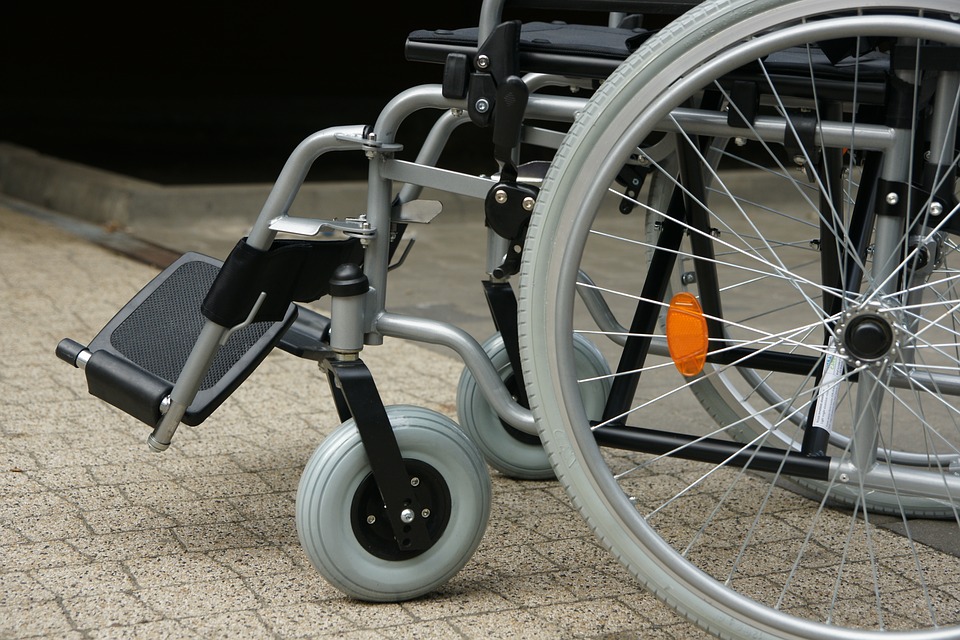Ontario Regulation 381/03 states comprehensive definitions and procedures that must be followed for determining whether or not the plaintiff’s threshold has been met.

“Permanent serious impairment of an important physical, mental or psychological function” means impairment of a person that meets the criteria set out in section 4.2.
4.2 (1) A person suffers from permanent serious impairment of an important physical, mental or psychological function if all of the following criteria are met:
1. The impairment must,
i. substantially interfere with the person’s ability to continue his or her regular or usual employment, despite reasonable efforts to accommodate the person’s impairment and the person’s reasonable efforts to use the accommodation to allow the person to continue employment,
ii. substantially interfere with the person’s ability to continue training for a career in a field in which the person was being trained before the incident, despite reasonable efforts to accommodate the person’s impairment and the person’s reasonable efforts to use the accommodation to allow the person to continue his or her career training, or
iii. substantially interfere with most of the usual activities of daily living, considering the person’s age.
2. For the function that is impaired to be an important function of the impaired person, the function must,
i. be necessary to perform the activities that are essential tasks of the person’s regular or usual employment, taking into account reasonable efforts to accommodate the person’s impairment and the person’s reasonable efforts to use the accommodation to allow the person to continue employment,
ii. be necessary to perform the activities that are essential tasks of the person’s training for a career in a field in which the person was being trained before the incident, taking into account reasonable efforts to accommodate the person’s impairment and the person’s reasonable efforts to use the accommodation to allow the person to continue his or her career training,
iii. be necessary for the person to provide for his or her own care or well-being, or
iv. be important to the usual activities of daily living, considering the person’s age.
3. For the impairment to be permanent, the impairment must,

i. have been continuous since the incident and must, based on medical evidence and subject to the person reasonably participating in the recommended treatment of the impairment, be expected not to substantially improve,
ii. continue to meet the criteria in paragraph 1, and
iii. be of a nature that is expected to continue without substantial improvement when sustained by persons in similar circumstances.

